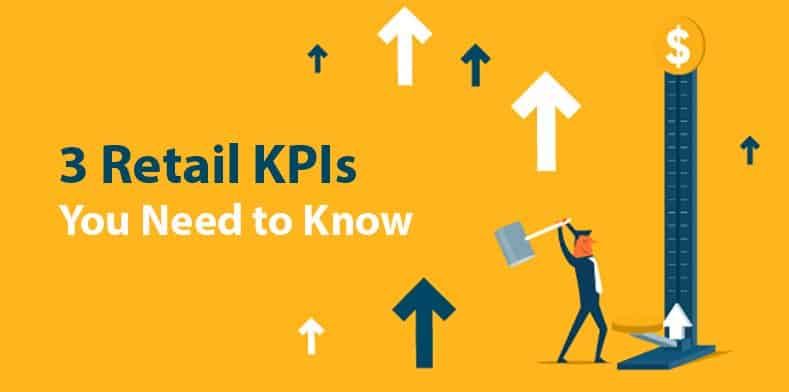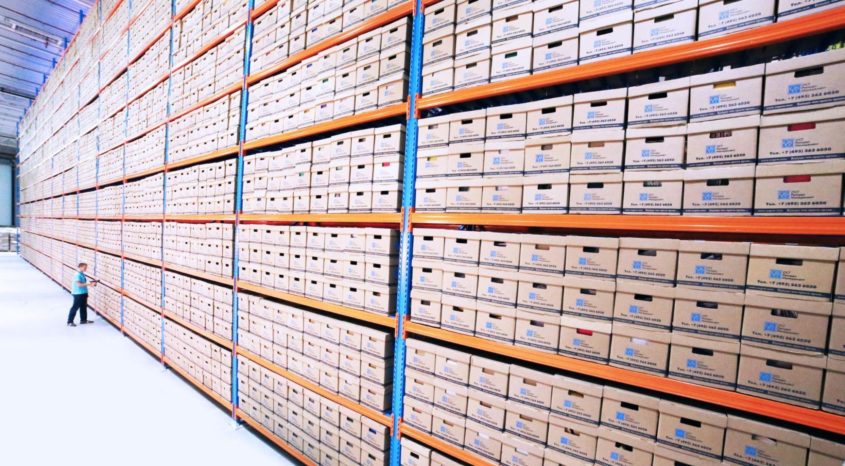Assessing how well your business is doing when faced with demand, competition and customer complaints is essential to ensuring you have a business that is capable of growth, customer satisfaction, and ultimately, success. This is where Retail KPIs (Key Performance Indicators) come in.
They are the driving force in your business, helping you to determine where your business is going, how you’re going to get there and the all important: how well did you do once you’ve arrived at your goal deadline.
We’ve recently published a series of blogs about them, and thought it would be best to recap on the 3 retail KPIs you really need to know (just in case you missed them).
1. Perfect Order Rate
Perfect Order Rate measures how well your business is faring against its customer-centric goals. Critical to analyzing this metric are questions like: are your customers receiving the correct products? And in the condition and time frame that was promised? This is an important one to get right, as businesses with higher Perfect Order Rates typically see more repeat business and faster growth.
How do you calculate your Perfect Order Rate?
Finding out what your Perfect Order Rate is involves calculating your total shipped orders for the month versus those orders you had to re-ship, or received complaints about.
As an example, if you shipped 1,000 orders in a month, had to re-ship 40 orders due to incorrect shipments and received complaints from 10 customers about slow delivery, your Perfect Order Rate would be:
1040 – ( 40 + 10 ) / 1040 = 95.1%
Note that the 40 replacement orders are included in the shipped total of 1040, since they also have the potential to go wrong.
How can you improve it?
When it comes to retail metrics, there are a variety of ways to improve your result. The main thing to remember with Perfect Order Rate is to ensure you’re keeping a record of when an order fails to ship on time, or results in a complaint and act on those findings.
To learn more about Perfect Order Rate, including what it is, how to calculate it and what you can do to improve it, read this Perfect Order Rate blog.
2. 30 Day Cash Forecast
The general idea behind the 30 Day Cash Forecast is that you record all money that’s due from your customers within 30 days, along with all of your debts that are due, and any cash movements that have not yet cleared. You then take the total and add it to your current bank balance.
Why is knowing this important? A business that thoroughly understands its cash flow can confidently spend on growth activities such as marketing or product sourcing, without the risk of missing its bill payments.
How do you calculate your 30 Day Cash Forecast?
A very simple calculation for the cash forecast is to add money due from your customers to your current bank balance, and subtract the money you owe your vendors, and any checks waiting to clear. This gives you your position at 30 days.
Let’s look at an example of this in action:
Current cash balance: + $3,865
Money due from customers: + $24,000
Money due to vendors: – $13,347
Vendor checks not yet cleared: – $1,000
30 day cash position: $13,518
How can you improve it?
From the obvious of spending less on inventory, to incentivizing your customers to pay faster and negotiating different payment terms with your vendors, there are a variety of ways to help you improve your cash forecast.
For a complete breakdown, read this 30 Day Cash Forecast article.
3. Processing Cost per Order
Last but certainly not least in our roundup of the 3 retail KPIs you really need to know is the Processing Cost per Order metric. This measures the efficiency of your warehousing and order processing in relation to your revenue, allowing you to assess how much it costs you to get each order out of the door.
How do you calculate the Processing Cost per Order?
By adding your fixed costs (such as rent) and variable costs (such as packaging) together, divided by the number of shipped orders in that month, you can calculate how much each order is costing you to ship; allowing you to double-check your orders are actually profitable. As expected, this is only an average but it’s a good starting point in analyzing your business processes.
Consider this example, which sees a business shipping 2,100 orders per month:
Fixed costs:
Warehouse: $3,400
Warehouse salaries: $9,200
Total: $12,600
Per order: $6.00
Variable costs:
Packaging: $1,100
Total: $1,100
Per order: $0.52
Processing Cost per Order: $6.52
How can you improve it?
The simplest way to improve your Processing Cost per Order is to change things up to allow your team to process orders faster. To do this, you can make improvements to your warehouse layout, and automate repetitive admin tasks.
For more ideas on how to improve your Processing Cost per Order, and further information into how and why you need to analyze this KPI, take a look at the Processing Cost per Order article.
We hope this recap has proved useful to show you which retail KPIs should be your focus right now. Want to go further? Don’t forget to read the free guide on how to calculate and improve your Gross Profit Margin – another KPI you need to know.




